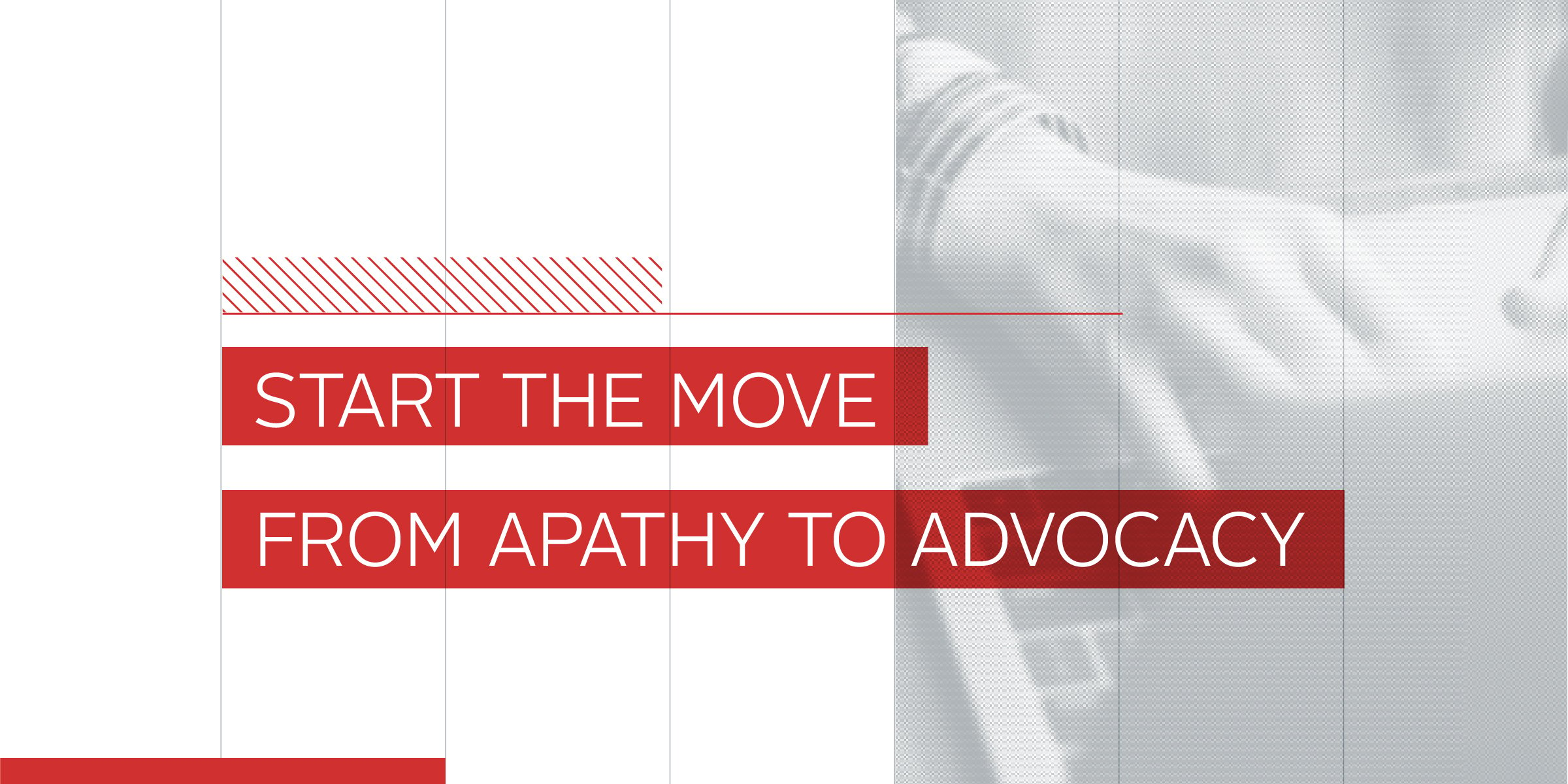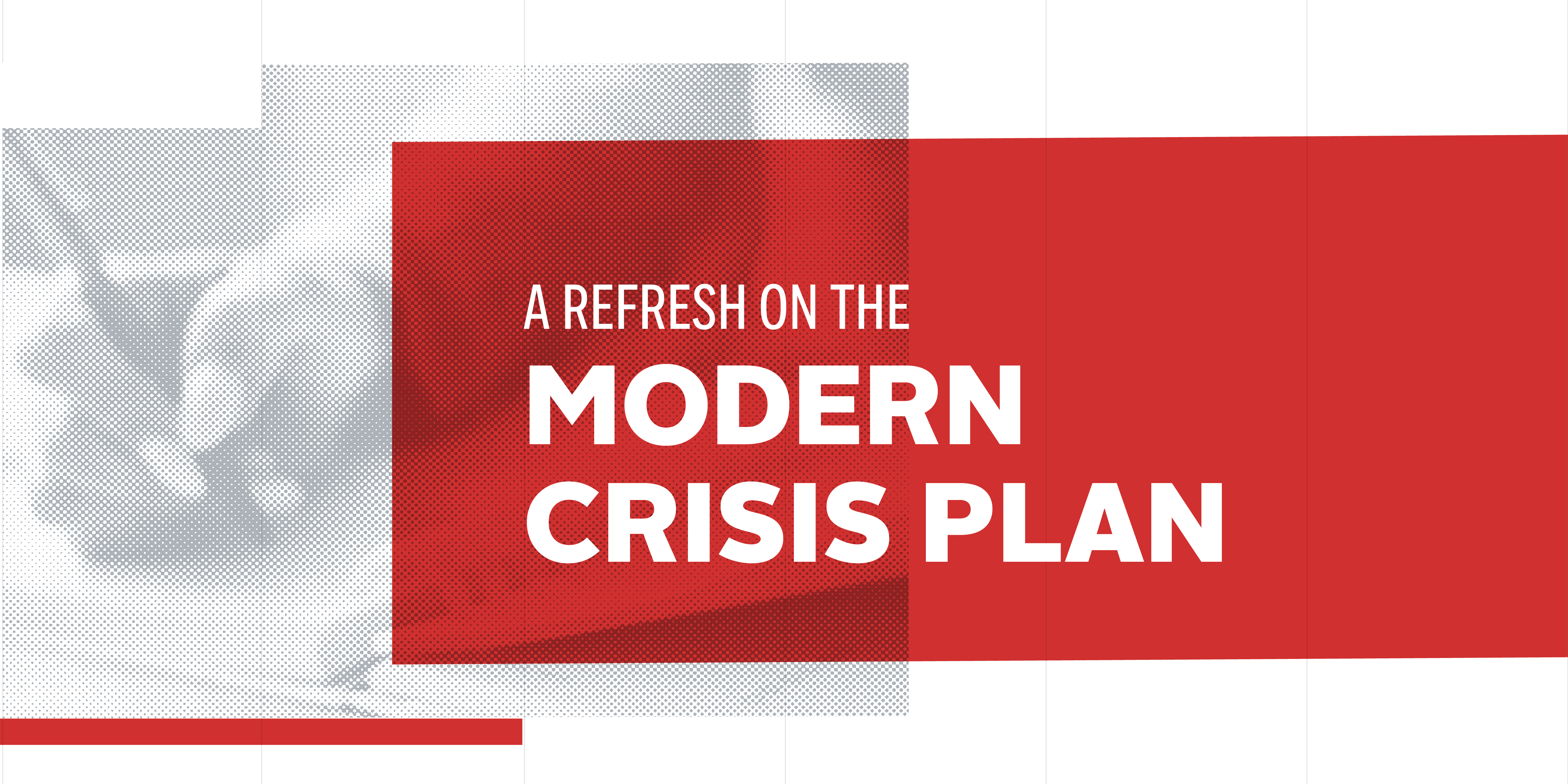Most marketers and brand champions know the importance of creating engaging experiences with brands. But what truly makes an impact? Think back to the last time you were genuinely impressed and inspired by a brand. It wasn't just a single interaction, but a carefully crafted series of micro-moments that left you feeling appreciated and understood.
These are the invisible threads that make up the fabric of customer loyalty. These threads are none other than your customer touchpoints – the moments of truth, the silent but powerful conversations your brand has with customers throughout their entire shopping journey.
When designing and orchestrating retail experiences, established and emerging cannabis brands are investing in these modern engagement-led strategies: identifying opportunities for enhanced brand storytelling, increasing the use of technology, creating space for pop-up shops and more. These strategies are fruitful and provide a seamless experience for consumers, but to be truly remarkable, you need to outshine all others in their consideration set.
How do you take your retail experience to the next level?
Brand advocacy is about forging emotional connections and building community to earn a place in the hearts and minds of your customers. And in today's hyper-competitive, volatile and ambiguous marketplaces, where brands vie for just mere seconds of attention in an ever-cluttered digital space, loyalty is still the surest path to growth.
But how do you transform fleeting transactions into brand evangelism and unwavering devotion? First, you need to cast aside tired loyalty programs and forget the one-size-fits-all marketing tactics.
Here are three unconventional strategies that will make your brand magnetic and relevant to your customers:
We are still in Q1, yet the social media landscape has already shifted dramatically this year. From the Twitter debacle to the constant push/pull between video and photos, at Hart, we’re on the lookout for how these issues are evolving and what they may mean for brands and small businesses.
For this latest installment in our Expert Spotlight series, Hart’s Social Media Strategist Cate Shaw shares the top trends and themes she’s seeing in social right now.
With the first month of 2023 behind us and trends for the year starting to emerge, we’re excited to be kicking off a new expert spotlight series at Hart. We will be regularly featuring an expert from each of our service areas – strategy, creative, media, digital, public relations and brand leadership – to discuss what they are observing and most excited about in their field this year.
Kira Clifton, Hart’s VP of Media & Analytics, discusses three things she’s paying attention to in the media world.
Crisis communications, specifically its recent evolution and growing need, continues to increase as a topic of interest for the marketing industry and the brands we serve. Hart’s Vice President of Corporate Communications & Content, Jeff Lutz, recently spoke at two industry events, Agorapulse’s 2022 Agency Summit and PRSA’s Central Ohio Chapter’s Modern Communicators Conference, to share his perspective on why the classic crisis plan is “dead on arrival” in today’s transparency-driven world.
Back in late 2019, just months before the pandemic, Hart wrote a piece detailing #CancelCulture and what it meant for businesses. In that article, we outlined how to understand your company’s risks and ways to mitigate the effects on your reputation. Two years later, although we are in a much different world, #CancelCulture is as active as ever. We’re continuing to see cancellation crises due to everything from updating logos and mascot redesigns to name changes. However, now we’re increasingly seeing how the actions of individuals, such as the company’s CEO, an employee or even a board member, can result in negative implications for a brand just as much as a decision made by the brand itself.
The public relations world has been debating the best way to measure our efforts for decades. While the power of PR is undeniable, it’s extremely difficult to correlate exactly when, where and at which point these activities impact the targets’ final purchasing decision.
For marketers, 2021 was a year of growth and reckoning. We emerged from the challenges of 2020 with a bit more understanding and focus, and an eagerness to adapt. With 2022 on the horizon, we're not letting that momentum wane. Before we celebrate the new year though, we couldn’t help but look back at all the lessons we’ve learned in 2021. Fueled by consumers’ expanding adoption of digital behaviors, we turned to new tactics like performance marketing while striving to continue long-term brand building for a stronger, lasting connection to our audiences. From a deeper look at data and social listening to the increased use of influencer marketing, here are some of Hart’s top takeaways from our own agency experts this past year.











